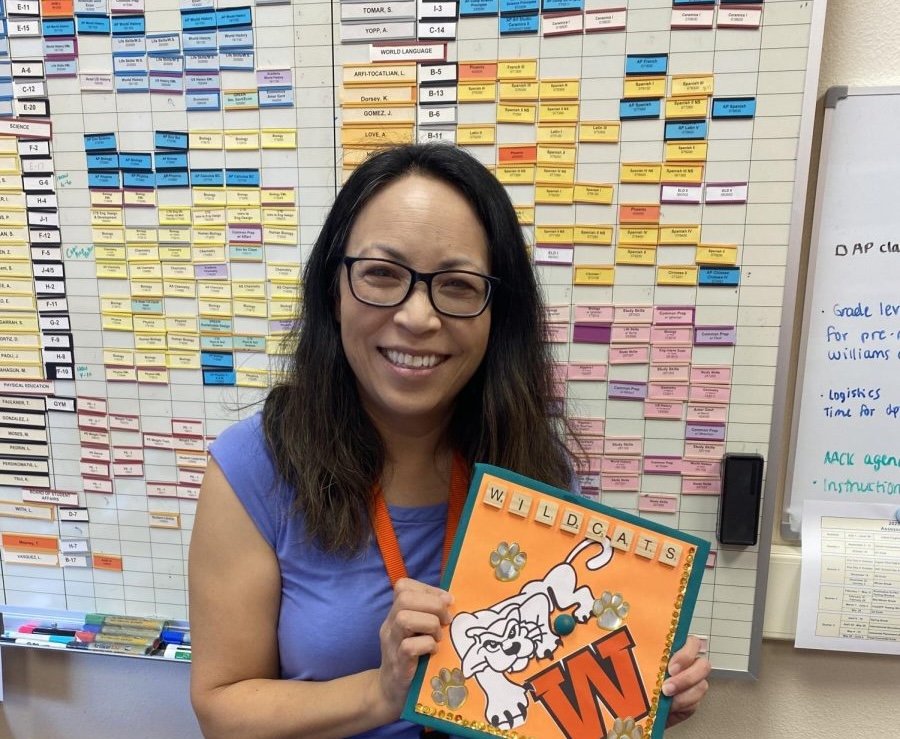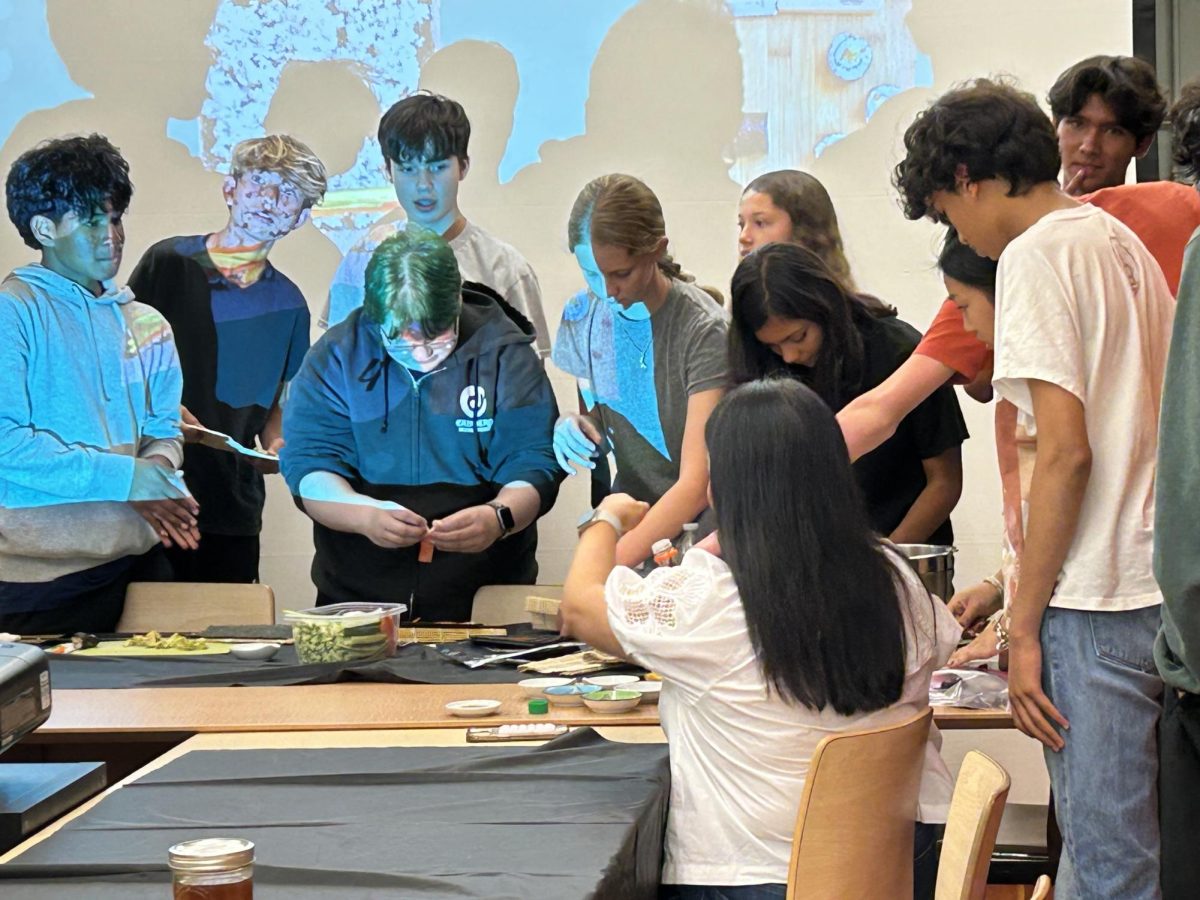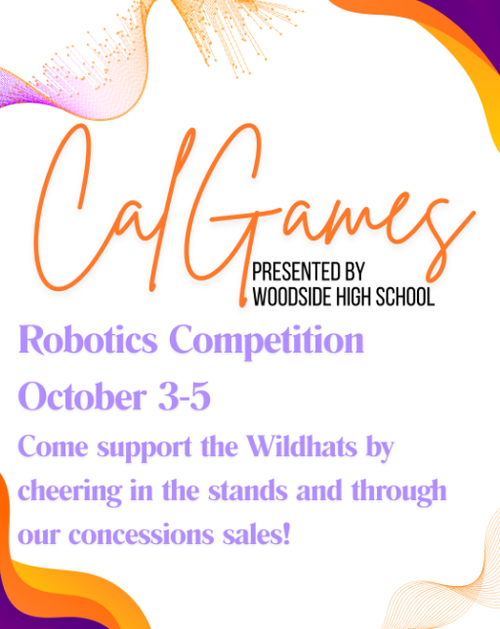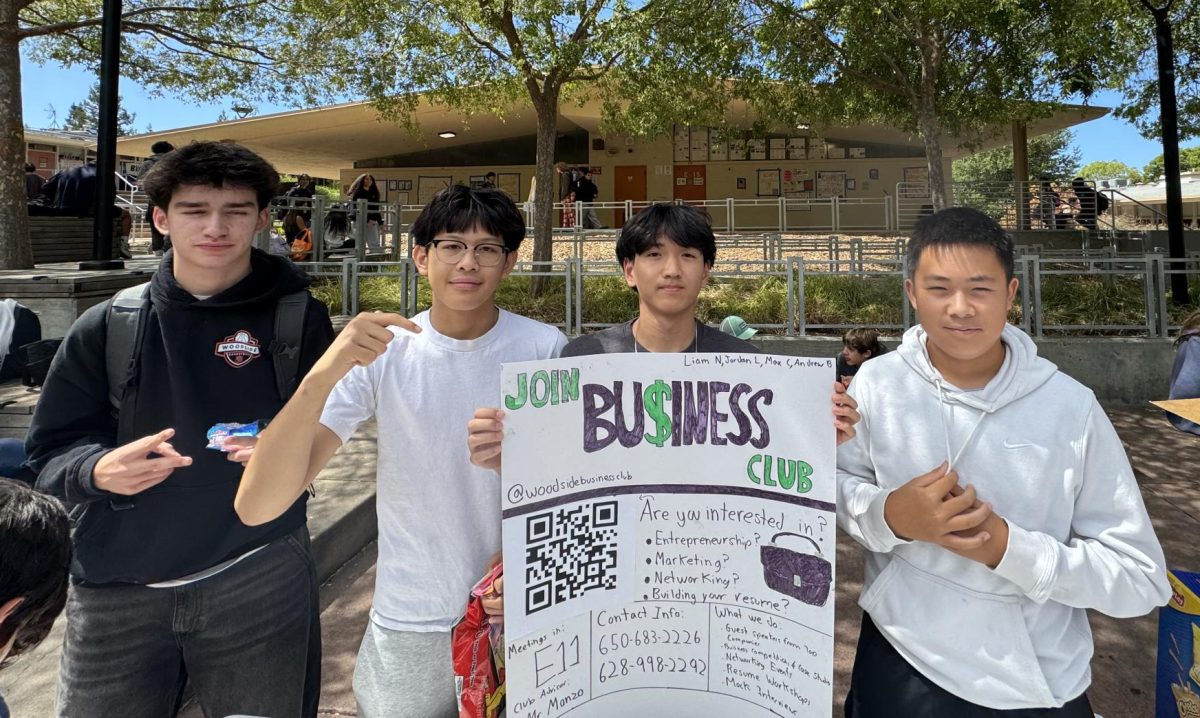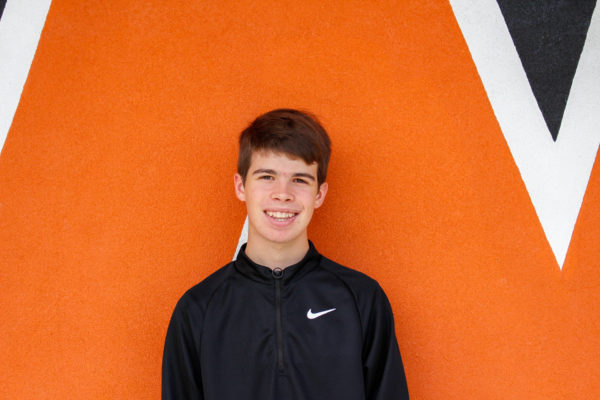This article appeared in the Fall 2023 magazine, Growing Up.
As a high school senior, I think I speak for many of my peers when I say that my future—in college, and beyond—is frequently on my mind. This isn’t necessarily my fault, of course. The college admissions process is one that inherently forces every high schooler to confront the difficult questions about our futures: “Where do I want to go to college/work?” “What do I want to major in? What career do I want?” “What am I going to do with my life?”
One reason that these questions are so difficult is that they pertain to experiences that we have not had yet. I haven’t been to college or had to get a full-time job, and that is why those prospects make me nervous. Thus, to gain some perspective on these topics, on what our journey into the future may look like, The Paw Print talked to three former Woodside alumni who have gone through this transition: Grace Jau, Alan Eaton, and Liz Isom, about their journeys in high school, college, and beyond. Jau, a current Computer Science major at MIT, said that she was pretty confident about her interests and post–high school intentions while at Woodside.
“Going into high school, my main interests were math and vaguely some coding,” Jau said. “What I had done more of at the time was math and I just really enjoyed problem-solving as an idea. That’s what drew me to competitive math.”
Because of her strong interest in math and problem-solving more generally, Jau was a member of Woodside’s Math Club (named the “Competitive Math Club” at the time) and competed in math competitions such as the AMC (American Mathematics Contest) and the AIME (American Invitational Mathematics Examination).
“I really enjoyed doing those types of problems, even more than regular math class at school,” Jau stated.
Isom, a current Vice President at Palo Alto Networks, a cybersecurity firm, also had strong interests in high school.
“Toward the end of high school, I was taking [a] US Government class,” Isom said. “[My teacher] did a really good job at tying current events to historical references. For some reason out of all the classes I was taking at the time, I felt a connection to it and that’s where I started to get really interested in it.”
Jau and Isom both clearly identified their interests in high school. However, Eaton, the current Latin teacher at Woodside, wasn’t as focused or confident in his passions as they were.
“The number of things that I was exposed to freshman year that I realized I didn’t know [made me] excited to know more,” Eaton said. “I just started to read my eyes out starting the first day of sophomore year and have not stopped since… I loved biology and Latin best, and I learned to love history and literature in that four year period.”
While Jau, Isom, and Eaton had vastly different interests, they all shared something in common: their interests guided them as they tried to determine what they would major in college. Jau, because of its problem-solving emphasis, became a Computer Science major; Isom initially began as a Political Science major; and Eaton studied Latin. However, their paths were not always straightforward.
“Initially, I was told by my parents that if I didn’t study engineering, they would not pay for my education, because every man in my family had been an engineer,” Eaton said. “So, I went into college expecting to study birds majoring in ornithology or biology. But I loved [Latin] literature so much that I sort of swerved. It was more compelling to read and write than it was to do problem sets for me.”
While Eaton stuck with Latin throughout his time at Stanford, Isom’s journey was not so linear. While she started out studying Political Science at UC Santa Barbara, she eventually graduated with a degree in Business Economics and Accounting.
“With Political Science, we had to take a bunch of [economics] classes, and I ended up really interested in more of the business side…” Isom stated. “ I ended up moving more towards economics, and then I took a statistics class, and it was easy. It just sort of clicked.”
In terms of choosing their field of study, both Isom and Eaton gravitated towards the subjects that they were most good at and interested in, and not because of a specific career that they had in mind or a defined plan they had made.
“Life would be super boring if you could write a plan for it in advance and follow that plan,” Eaton said. “If there’s not a sense of adventure to what comes next and a great degree of uncertainty, why bother getting out of bed?”
Eaton took that sentiment of embracing uncertainty to heart: in his senior year of college, he was contacted by surprise by Woodside and asked to come teach Latin. He agreed, and has taught here ever since. He never looked back.
“I had no idea what I was doing,” Eaton said. “I had no preparation for being a teacher. I had never taught a class in my life. As far as adventures go—wow. The learning curve was immense.”
As shown, neither Eaton nor Isom’s journeys were simple or straightforward. Nonetheless, both of them ended up in successful careers that they enjoy.
“It’s ok to be wrong,” Isom said. “I think everyone feels like they have to know at 17 or 18 what they’re going to do with the rest of their life. The reality is, most people, whatever path they choose, or even their major, may not use it further down their career. That’s pretty common….Trust your gut….Do what you love.”


